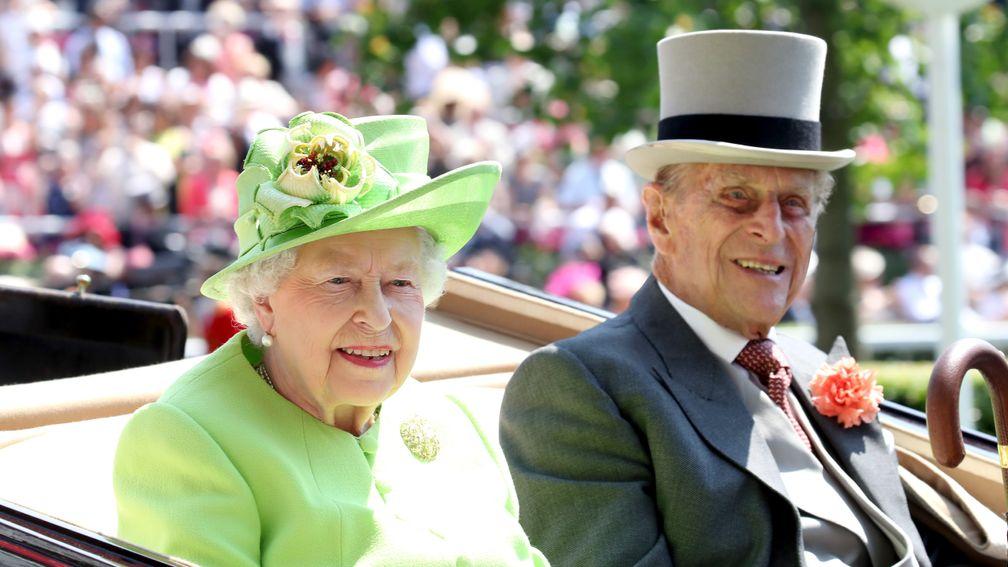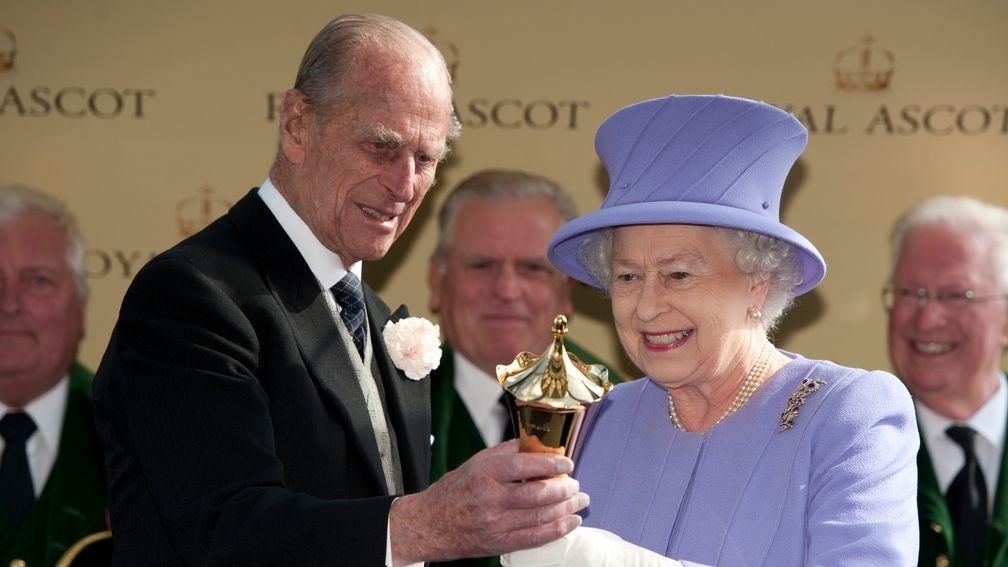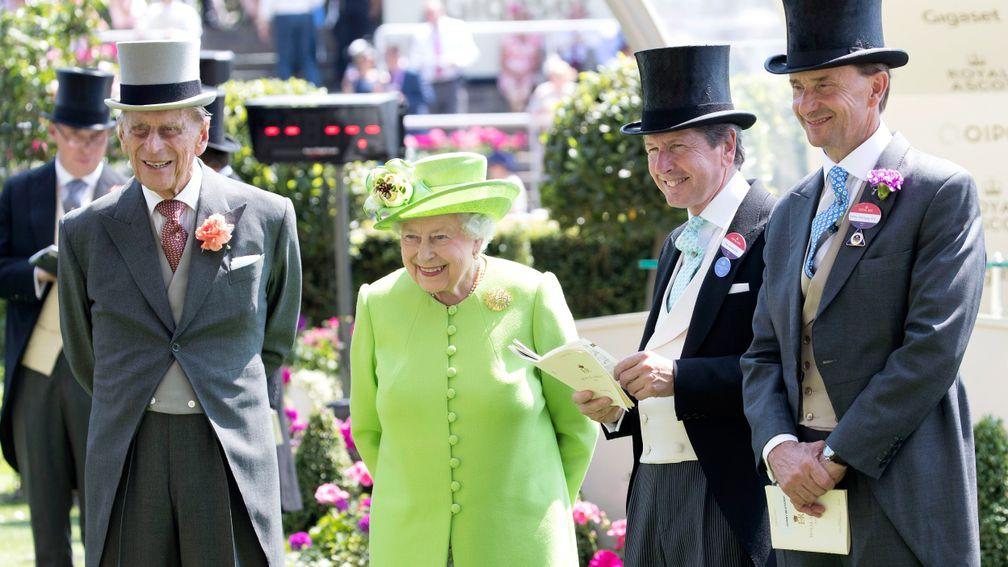Prince Philip: seven decades at the Queen's side at the Derby and Royal Ascot

Prince Philip, the Duke of Edinburgh, who has died at the age of 99, was a highly visible spectator at the Queen's side at the Derby and Royal Ascot for seven decades.
Although never an active participant in the sport, he was a Jockey Club member, had three different races at Ascot named after him, and encouraged the young Ian Balding to stay on as trainer at Kingsclere on the death of Peter Hastings-Bass. He also owned a Greyhound Derby winner.
Prince Philip of Greece and Denmark was born on Corfu in 1921, served in the Royal Navy during the war, and was created Duke of Edinburgh on his marriage to the then Princess Elizabeth in 1947.
Prince Philip, the Duke of Edinburgh, dies aged 99
Ever the loyal consort, he attended most runnings of the Derby after his marriage including the first, won by My Love in 1948, when he was in naval uniform.
At the 1953 Derby, four days after the Coronation, the royal couple spoke to Gordon Richards both in the paddock beforehand and after the race, which the newly knighted jockey won on Pinza, beating the Queen's Aureole into second place.
The Duke also sat with the Queen in the first carriage of the royal procession before racing on each day of Royal Ascot. He presented her with the trophy for the Queen's Vase after Estimate's victory in 2012.

During royal tours overseas the couple regularly attended race meetings, and among the big races they witnessed were the 1954 Wellington Cup (New Zealand), 1973 Queen's Plate (Canada) and 2007 Kentucky Derby.
He exerted his greatest influence on the sport in 1964, when royal trainer Hastings-Bass died and his assistant Ian Balding, aged only 25, was hesitant about taking over permanently at Park House, Kingsclere.
In a long chat at Arundel Castle during Goodwood week, the Duke helped Balding to make up his mind by advising: "It would be very sad for our country if all our bright young men failed to accept the challenges that come their way."
He never owned a racehorse but did own Camira Flash, an outsider who won the Greyhound Derby at White City in 1968. He donated the prize-money to the Duke of Edinburgh's Award scheme.
In the year of his wedding he was elected to the Jockey Club, and at his death he was its longest-serving member by a margin of many years. However, in the royal box at Ascot his preferred viewing was the Test cricket on television.

All his life, especially in the equine sporting arena, he preferred taking part to spectating. He was an enthusiastic polo player up to the age of 50 and then became expert at carriage driving, representing Britain at six world championships. He was president of the International Equestrian Federation from 1964 to 1986.
Three different races at Ascot have been called the Duke of Edinburgh Stakes, and the first was a six-furlong juvenile event run in October from 1948 to 1992. The inaugural running was won by Berrylands, owned by his father-in-law King George VI, and the Queen's Alexander won it in 1954.
The only winner of that race to go on to victory in the Derby was Psidium (1960-61) and its most famous winner was subsequent dual Champion Hurdle victor Sea Pigeon, who landed it on his debut under Lester Piggott in 1972. Budding champions Bald Eagle and Hethersett also won it.
The Duke's name was then briefly attached to a mile handicap at the same meeting, and in 1999 the Bessborough Handicap at Royal Ascot was renamed the Duke of Edinburgh Handicap. The first running under its new name was won by the Queen's Blueprint.
Published on 9 April 2021inNews
Last updated 12:42, 9 April 2021
- 'It's a dream come true' - 18-year-old to follow in Khadijah Mellah's footsteps with ride in the Magnolia Cup
- Merci Olivier! No final winner for Olivier Peslier but the world of racing unites in saluting the end of a great career
- The latest edition of the Racing Post is available to read online now - here's how you can access it
- How Smart View recorded a 76 per cent profit at the Cheltenham Festival
- Smart View is available on the Racing Post app - how to read the revolutionary new racecard
- 'It's a dream come true' - 18-year-old to follow in Khadijah Mellah's footsteps with ride in the Magnolia Cup
- Merci Olivier! No final winner for Olivier Peslier but the world of racing unites in saluting the end of a great career
- The latest edition of the Racing Post is available to read online now - here's how you can access it
- How Smart View recorded a 76 per cent profit at the Cheltenham Festival
- Smart View is available on the Racing Post app - how to read the revolutionary new racecard